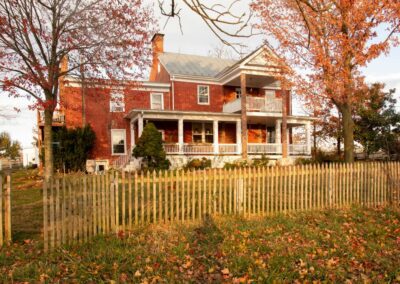We are working on the design of a new multi-family project specifically for seniors in Charlottesville named Timberlake Place. This project pays close attention to accessibility of spaces to make the design as functional as possible to people of all abilities. This design approach has been called ‘universal design’, ‘design for a lifetime’, or ‘easy living design’. Regardless of the name, it is just common sense design that should be incorporated into every building and home being built today.
There are seven principles to get you started:
1. Equitable Use: The design is useful and marketable to people with diverse abilities
2. Flexibility in Use: The design accommodates a wide range of individual preferences and abilities
3. Simple and Intuitive: The use of the design is easy to understand, regardless of the user’s experience, knowledge, language skills or current concentration level
4. Perceptible Information: The design communicates necessary information effectively to the user, regardless of ambient conditions or the user’s sensory abilities
5. Tolerance for Error: The design minimizes hazards and the adverse consequences of accidental or unintended actions
6. Low Physical Effort: The design can be used efficiently and comfortably with a minimum of fatigue
7. Size and Space for Approach and Use: Appropriate size and space is provided for approach, reach, manipulation, and use regardless of the user’s body size, posture, or mobility.
As you can see from the list above, these design approaches make the home / business easier to use for everyone from child to elderly. If your home is designed with these principles in mind, you will be able to use your home with a sports injury, broken bone, or just carrying in the groceries.





